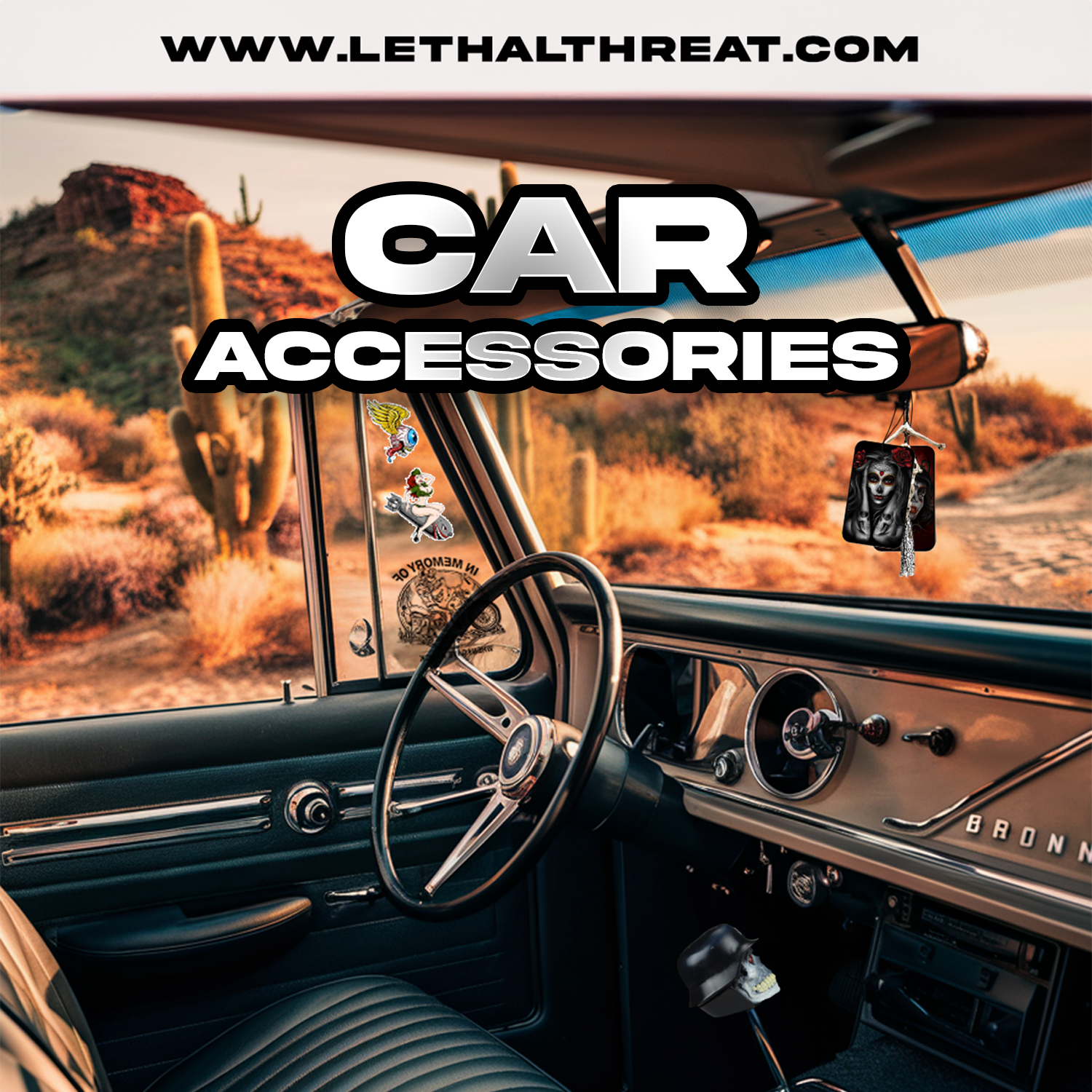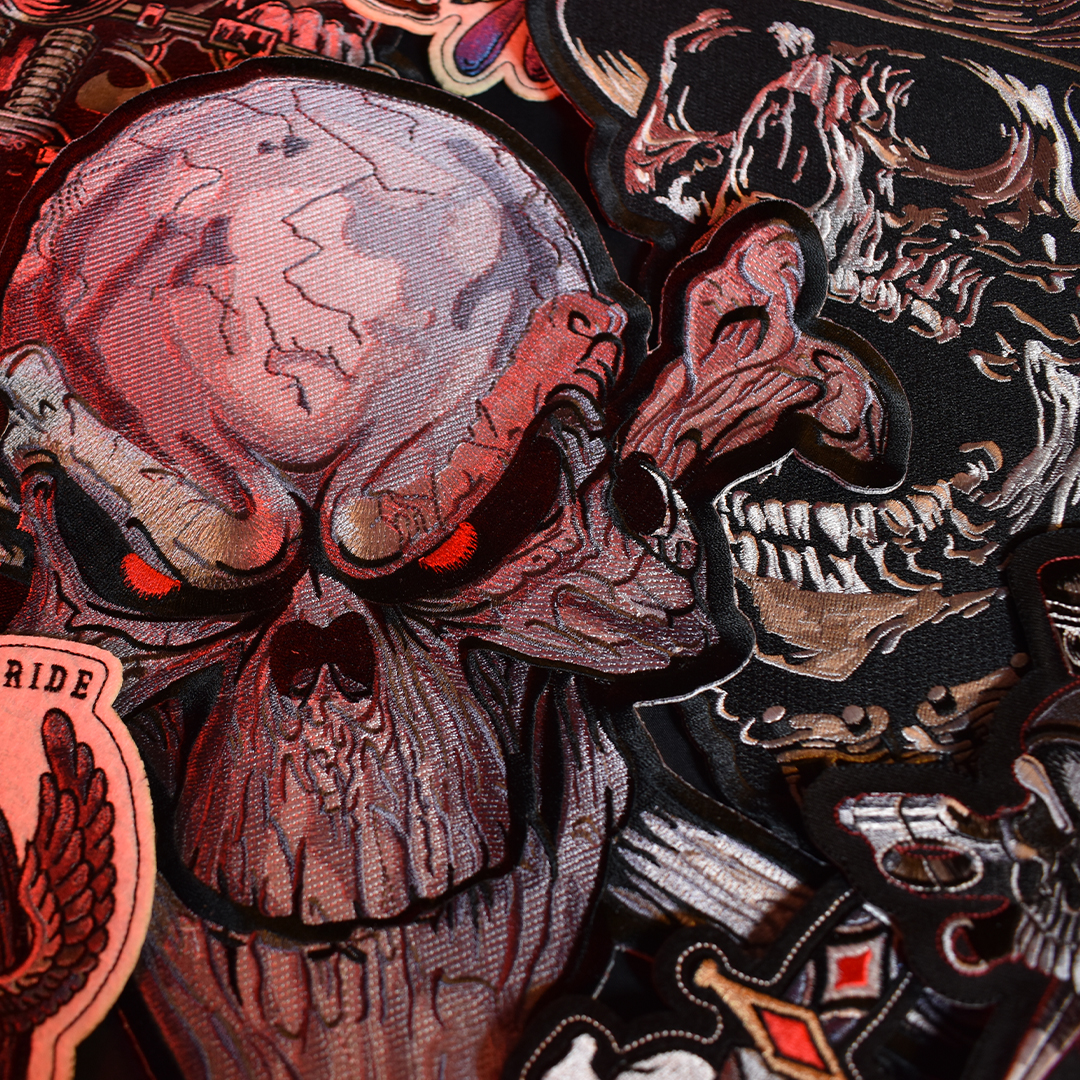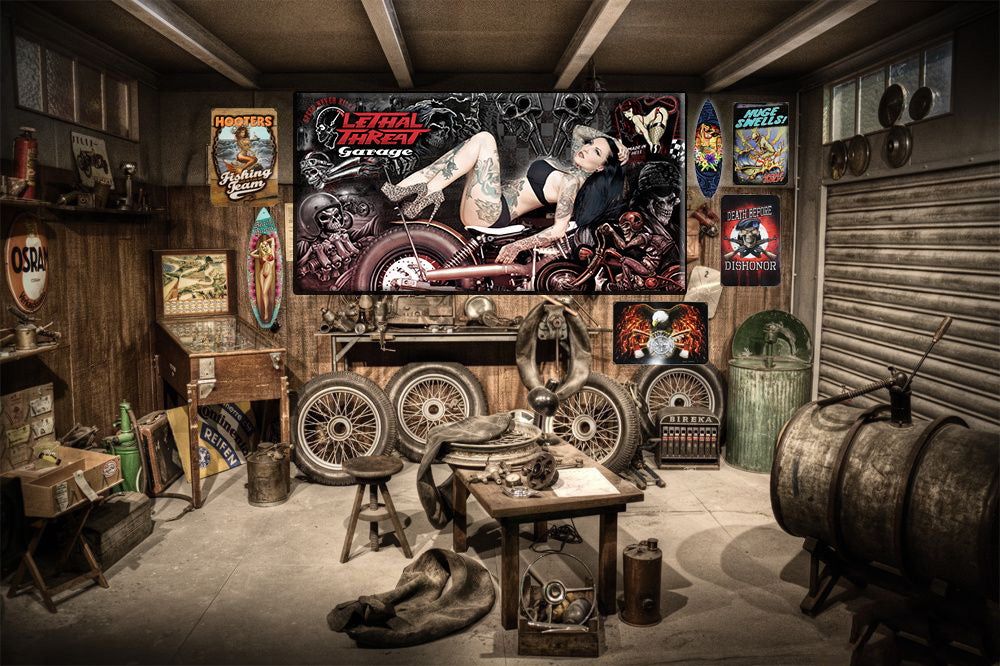Motorcycle Riding Season – Lethal Threat

Over one recent weekend in the New York City metro area, we were dumped with 8 inches of snow. That was the most we had in one storm the whole winter.
For us here in New York, the winter was bearable. We endured some cold spells and a snow dusting here and there. But things never got so bad to make us head to warmer climates and never look back.
On March 20, the first day of spring, riding season was approaching. You know that is the day that will come when your riding buddy calls or shows up on his or her bike asking you to go for a ride.
Will you be ready? Are there any loose ends to tie up. Is your battery charged? Is your bike ready to go to face the challenges of the road? Before that day comes spend an afternoon performing a thorough inspection of your bikes.
An ounce of prevention really is worth a pound of cure. A little care and preventive maintenance in advance can save you from being stranded on some distant roadside a long way from home. Check over your bike carefully before waking it up from its winter hibernation can also make your rides safer, saving you from a case of road rash or worse.
Maybe you live in Florida, where the seasons are reversed. Rather than dodging thunderstorms, high humidity and heat in the Sunshine State's brutal summers, you may set your bike aside until the cool, dry fall and winter weather arrives. These tips are for you too.

Tires
These are what separate you from the asphalt, so make sure you check your tires carefully prior to every ride. A blowout or flat on a two-wheeler can be even more disastrous than a similar occurrence on a car or truck. Look for cracks, flat spots, nails and screws. If you discover any of these, it would be better to buy new tires. It's just not like a car where you can get away with a nail or screw repair. Better safe than sorry. Also make sure the tires are inflated to the proper tire pressure before you go.
Belt or Chain
A broken belt or chain can leave you on the side of the road. I have been there. It's a pretty bad feeling knowing no matter what you do, you can't perform a quick fix for this problem. Better call a tow truck or buddy with a pickup truck. Check for wear and weak spots. If you see any, there is no remedy except to replace the worn or faulty belts. Also check for proper belt tension.

Spark Plugs
These are a low-cost item to swap out but a huge headache to fix if you are on the side of the road. On some bikes the spark plugs are easy to access. On others, you may need to remove the seat and gas tank. So if you notice any hesitation when starting your bike, check the spark plugs after making sure a drained battery isn't the problem.
Battery
If you haven't started your motorcycle all winter, you will need to pull the battery and charge it to a full charge. Check the fluid level in each cell. Fill the cells if they are below the recommended level. If the battery is more than four years old, consider buying a new one.
Air Filter
Proper airflow to the engine ensures it runs smoothly and efficiently. If the filter looks dirty after cleaning, it is time to replace it. This is a quick maintenance fix. A new air filter will quickly pay for itself by providing better performance and fuel efficiency. And it will help your engine last longer too.
Fluid Levels
Check the oil and brake fluid levels. Proper fluid levels will save you from expensive engine damage down the road. Keeping an eye on your bike's fluids will also help ensure a safe ride. If you are not sure about which fluids to check and how, go to your bike mechanic. Have him or her do it and show you what to do.
Brakes
Make sure your brake fluid levels are good and that your brake pads are not worn down. Most brake pads have a notch on the top to track wear. If you can't see the notch, it's time to change the brake pads.
Lubricate the Cables
Over time, the brake and clutch cable can wear down and fray. This is something you or your mechanic should routinely check at the start of riding season.
Lights
Make sure all turn signal and brake lights are working. Also check that your headlight has a strong, constant and steady light beam. You should not see any flickering.
Gear
Make sure you have the proper riding gear for the conditions you will be riding in. If it's been a while since you have been riding, it doesn't hurt to take a rider refresher course or practice at your own pace before you tear down the road with your buddies. Unfortunately, at the beginning of every riding season, there is an increase in the number of motorcycle accidents. Ride safe and make sure your motorcycle is in peak shape and performance so you don't become just another statistic.

Dress to impress nobody with Lethal Threat!!















Leave a comment